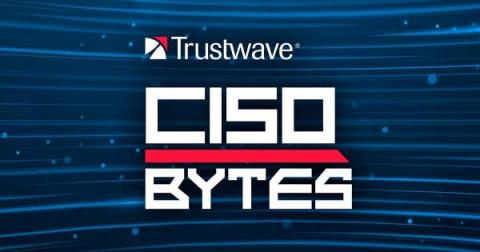CISO Bytes Podcast: Russia-Ukraine Crisis, Combatting Nation-State Threats for Critical Infrastructure and Beyond
In this episode of the Trustwave CISO Bytes Podcast, host David Bishop, Chief Information Security Officer at Trustwave, sits down with Kory Daniels, Global Director, Cyber Defense Consulting at Trustwave, to discuss the Russia and Ukraine crisis, its impact on cybersecurity, and how organizations in operational technology, critical infrastructure and beyond can harden their cyber defenses against nation-state threats.




